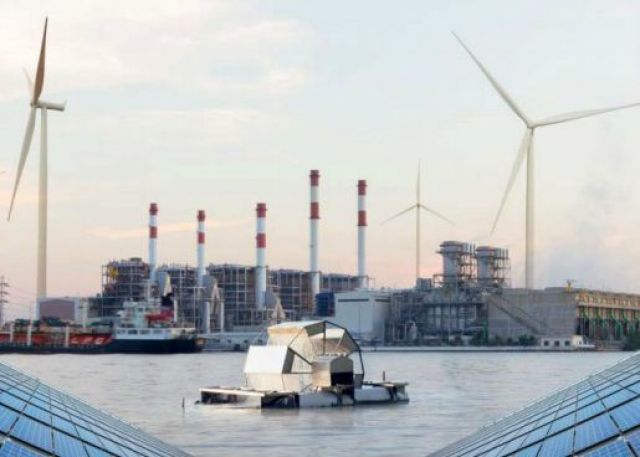
Pressure is mounting for companies to take more action now and state their goals to meet net zero emission targets
COMMENT: On the day the UK Government formally announced a ten-point Climate Action Plan, the mainstream TV news headliner was the investigation into a royal TV interview that took place 25 years ago, followed by consternation about how families may not be able to meet-up at Christmas during a pandemic, writes Charles Haine.
I have never grasped the priorities of broadcasters, and even less so when a widely accepted existential threat to human lives is on the cards. It is in the nooks and crannies of news sources that one needs to go about their due diligence, to find the real, more meaningful snippets that might just lead to societal change.
On Friday 20 November, the EU Commission published the first draft delegated act on the EU Taxonomy – the new system of classifying sustainable economic activities. It’s central to the Green Deal and will funnel money into sustainable activities. Quite important then!
What’s key for us here is that since the last version (TEG report, March 2020), the shipping sector is now included. If you can make net zero emission vessels, you’re going to be eligible.
Existing sea freight and passenger vessels that are already hybrid, and those with a good Energy Efficiency Design Index rating, are Taxonomy compliant. Retrofitting and tech upgrades that will save at least 10 per cent of fossil fuels are also included, but only to 2025.
After that year, only sea transport with ‘zero emission vessels’ is going to be regarded as sustainable! That will have a huge impact on the way in which stakeholders view, and financiers, ESG fund managers, and insurers and underwriters take decisions on investment.
I found out about this in a publication that you might rather expect to see in the missing captions’ round of the comedy show Have I Got News For You – ‘SEB Climate and Sustainable Finance’.
Rishi Sunak, the UK Chancellor, has also introduced new climate change reporting rules requiring premier listed companies and those in the financial sector to make better disclosures about how climate change affects their businesses.
The rules are consistent with the recommendations of the Taskforce on Climate-related Financed Disclosures (TCFD) and will be mandatory by 2023. Inevitably, such requirements are becoming cemented as best practice and will cascade down to smaller organisations.
Here’s the Executive Summary. When distilled, the TCFD deals with climate risks and opportunities in two categories: physical and transitional. Physical risks relate to changing climate and weather. They can be acute (increasing severity) or chronic (long-term).
Acute extreme weather events include heatwaves, extreme rain, hurricanes and storms. In turn, these can lead to wildfires and flooding. Chronic risks are linked to rising (mean) temperature, increased frequency and variability of extreme weather and sea level rise.
The implications for retailers, cargo owners and ports seem onerous when you start to think about supply chains with suppliers, logistics, customers, insurers and financiers all having vested interests in getting stuff from A to B.
Transition risks, on the other hand, are those arising as we collectively shift to a lower-carbon economy and net zero emission horizons. TCFD guidance handily categorises transition risks into policy and legal, technology, market and reputation.
What would be the effect of an impending tax on a tonne of carbon, a future material price hike in utility costs, and successive waves of Government policy on climate mitigation and resilience? For instance, the UK is bringing forward the ban on the sale of new petrol and diesel cars to 2030.
What are the implications for your business when similar targets are set for passenger vehicles, vans, mobile machinery used in ports and HGVs? Then there is the difficult maze of changing demographics, customer demand and preferences for more sustainable products. Pressure is mounting for companies to take more action now and state their goals to meet net zero emission targets.
It’s likely to mean that at some point soon, non-fossil fuel plant, equipment and vehicles, a carbon neutral office building and the creation of your own energy from renewable sources will be amongst the only choices to honour your policies and commitments.
You are going to hear a lot more about TCFD in 2021.

